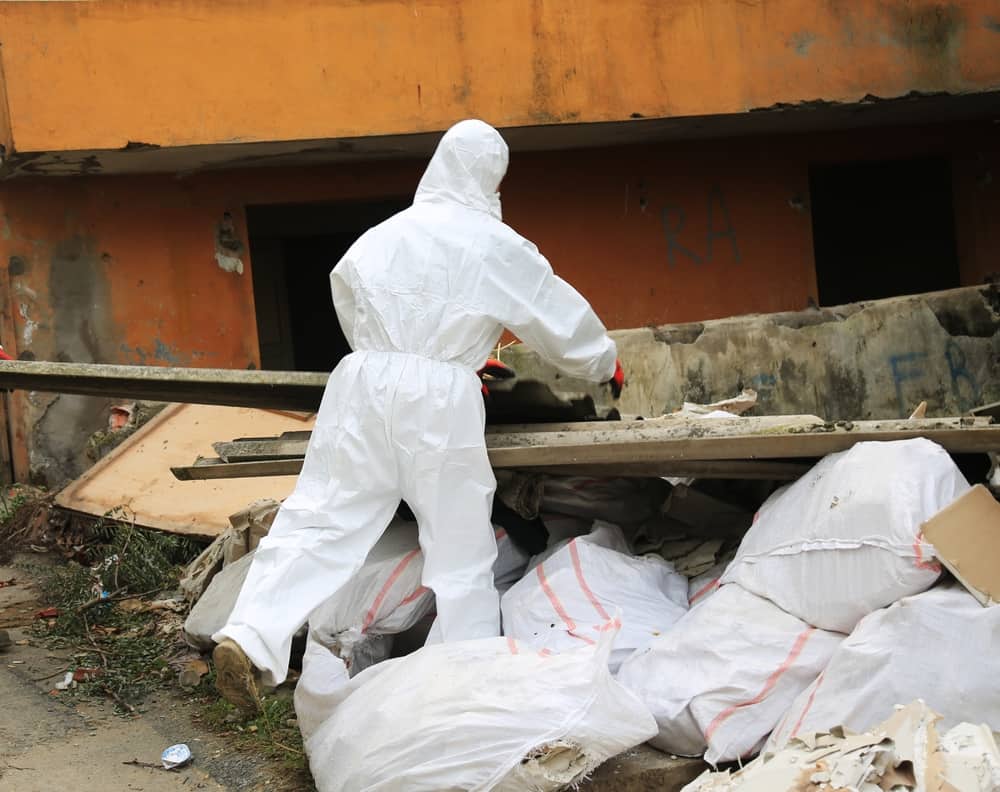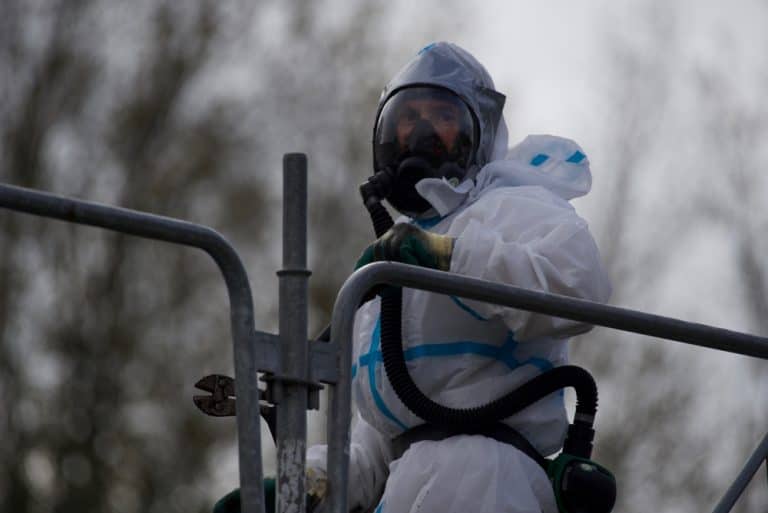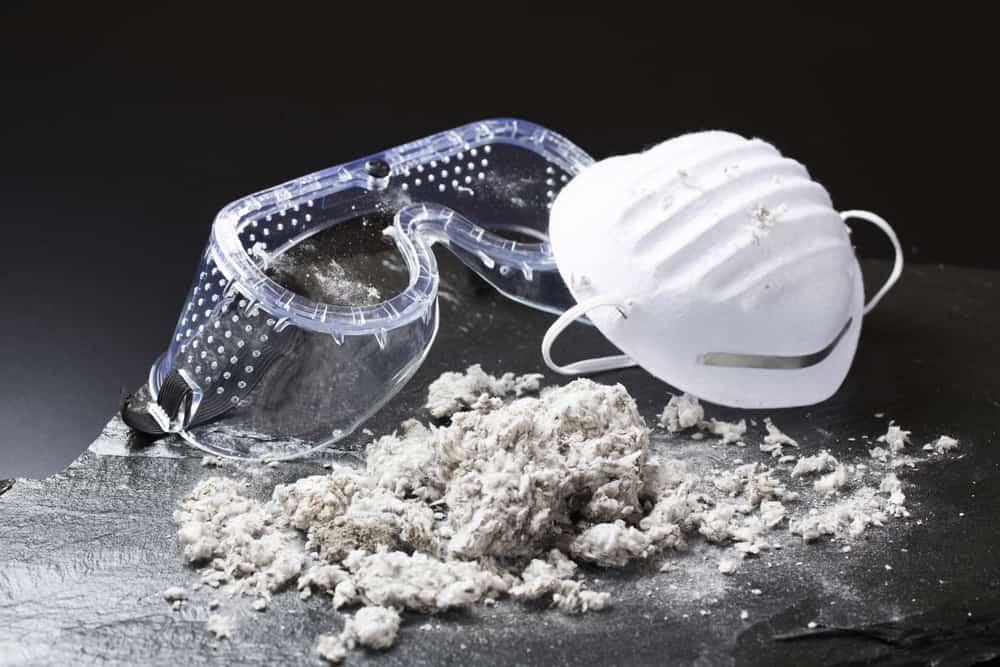Asbestos Abatement in Farmingdale, NY
At Green Island Group NY, we are the premier asbestos removal company in Farmingdale, NY, dedicated to providing expert asbestos abatement and removal services to safeguard your property and well-being.







Green Island Group NY is your trusted partner for comprehensive asbestos abatement and removal in Farmingdale, NY. As a locally owned and operated company, we take pride in safeguarding the Nassau County community from the risks of asbestos exposure. Our experienced team is committed to your safety and peace of mind.
Don’t compromise on your health. Contact Green Island Group NY today at 631-613-8945 for expert asbestos mitigation services. Let us ensure a healthier environment for you and your loved ones. Trust in our expertise, and let us handle your asbestos concerns with care and precision.
We have successfully completed numerous asbestos removal projects, earning the trust of clients in Farmingdale, NY, and beyond.
Our commitment to safety is unwavering. We implement rigorous safety protocols, ensuring your well-being during the entire asbestos removal process.
Our team consists of certified experts in asbestos abatement and removal, ensuring the highest standards of safety and quality.

Asbestos is a hazardous material that can pose serious health risks when disturbed. When you need asbestos abatement and removal services, it’s crucial to hire a reputable asbestos removal company like Green Island Group NY. To ensure a smooth and safe asbestos removal process, here are some essential tips to help you prepare.
Before diving into asbestos removal, it’s crucial to grasp the significance of asbestos abatement and removal. Asbestos is commonly found in older buildings, insulation materials, and ceiling tiles. Exposure to asbestos fibers can lead to severe health conditions, including lung cancer and mesothelioma. Hiring a professional asbestos removal company like Green Island Group NY is vital to protect your health and the environment.
The next step is to determine the extent of asbestos contamination in your Nassau County property. Our experts at Green Island Group NY will conduct a comprehensive asbestos inspection to assess the situation. Based on the findings, we will create a customized asbestos mitigation plan that suits your specific needs. We handle asbestos abatement and removal projects of all sizes, ensuring thorough and safe removal.
Selecting a qualified asbestos removal contractor is critical for a successful asbestos abatement project. Green Island Group NY is a licensed and experienced asbestos removal company in Farmingdale, NY. Our team is well-trained in asbestos remediation, following strict safety protocols and regulations. We take pride in our commitment to delivering exceptional asbestos mitigation services.
Before the asbestos abatement process begins, you’ll need to prepare your property accordingly. Clear the affected areas of any personal belongings, furniture, and decorations. Ensure that pets and family members are relocated during the asbestos removal process to avoid exposure. Our team of knowledgeable and friendly experts at Green Island Group NY will guide you through the necessary precautions to take.
Effective communication is essential throughout the asbestos removal process. Green Island Group NY will keep you informed at every step of the project, from the initial assessment to the final cleanup. We prioritize transparency and safety, ensuring that you are well aware of the progress and any potential challenges. Feel free to reach out to us at 631-613-8945 for any questions or concerns.

Protecting your property and loved ones from the dangers of asbestos is a priority, and Green Island Group NY is here to assist you. Our certified professionals in Farmingdale are ready to deliver effective asbestos remediation services. Whether you need asbestos abatement in Farmingdale, NY, or the surrounding Nassau County areas, we have you covered. Call us at 631-613-8945 to schedule your asbestos inspection today.
Farmingdale is an incorporated village on Long Island within the Town of Oyster Bay in Nassau County, New York, United States. The population was 8,189 as of the 2010 Census.